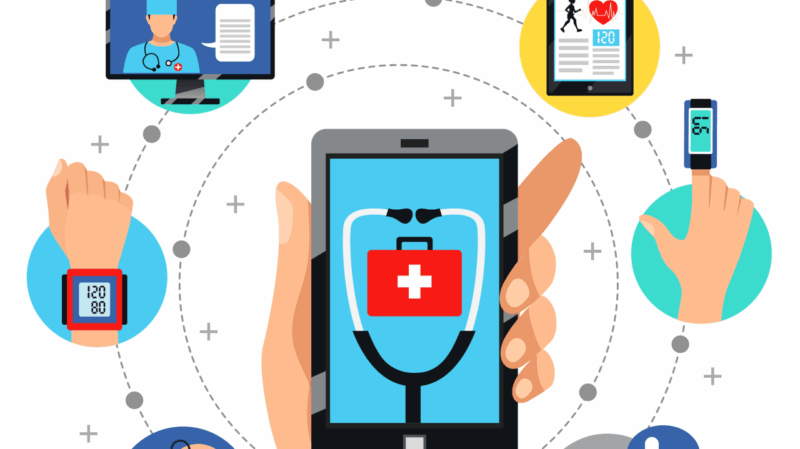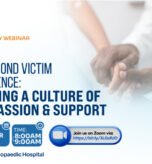In an era of AI-assisted diagnosis, smart alerts, and electronic health records (EHRs), it’s tempting to believe that technology will solve our patient safety problems.
And to a degree – it can 😊
Digital tools have helped us:
✔ Reduce prescription errors
✔ Improve documentation
✔ Flag drug interactions
✔ Track lab results in real-time
✔ Standardize handoffs and clinical pathways, etc.
But here’s the uncomfortable truth: technology can also introduce new risks.
When Safety Systems Create Safety Hazards
It happens more often than we like to admit:
🔸Alert fatigue makes clinicians ignore important warnings
🔸Auto-populated templates lead to copy-paste errors in patient charts.
🔸System downtime leaves staff scrambling for paper-based backups.
🔸Poorly integrated systems cause information silos and missed diagnoses.
In these moments, we’re not just dealing with “human error” – we’re facing design flaws, workarounds, and technology that wasn’t built with the user in mind.
The Dual Role of Digital Health
“Technology is both a solution and a stress test” – it reveals whether our processes are robust enough to handle complexity.
For example:
🔹Clinical decision support tools are only helpful if they’re evidence-based, timely, and non-intrusive
🔹EHR systems must strike a balance between documentation requirements and clinical usability
🔹AI diagnostics are promising—but they must be interpretable, transparent, and bias-aware, etc.
We need to stop assuming that more data means better care. It’s about how that data is delivered, used, and understood.
So, How Do We Make Digital Safety Work?
✅ Involve frontline users in design and testing
Nurses, doctors, pharmacists, and allied health professionals should be co-designers not just end-users.
✅ Audit not just outcomes, but usability
Are the tools saving time or creating more clicks? Are they surfacing insights or hiding them in noise?
✅ Integrate human factors thinking
Technology must support, not overwhelm, the clinician’s cognitive load especially during emergencies.
✅ Promote digital literacy and continuous training
Systems evolve. So must the skills to use them safely and effectively.
🔺Safety is a Human-Tech Partnership
At its best, technology frees clinicians to think more, not less
At its worst, it hides critical information behind alerts, menus, and silos, etc.
The difference lies in how we build, train, and govern our digital tools
Have you ever encountered a digital tool that made your work harder or more dangerous?
What’s one piece of technology in your organization that could be improved for better patient safety?
#PatientSafety #DigitalHealth #HealthcareTechnology #HumanFactors #HealthIT #SafetyByDesign #EHRUsability #HealthcareInnovation #ClinicalDecisionSupport





